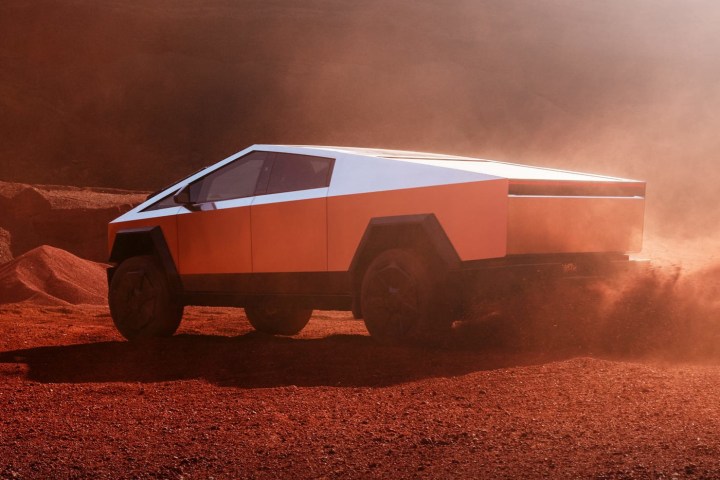
The Tesla Cybertruck is finally here … kind of. Tesla has finally started delivering the truck to customers — however, so far, only 10 customers have gotten one for themselves, and it remains to be seen how quickly Tesla can ramp up production.
First introduced in 2019, the Tesla Cybertruck is unlike any pickup we’ve ever seen. It’s electric, which isn’t entirely unusual and frankly expected from Tesla, but its futuristic design makes it stand out from everything else on the road. Whether that’s a good or a bad thing is a matter of personal preference.
Curious about whether the Cybertruck is right for your needs? Here’s everything about what it is, what it does, how much it will cost, and when cyber motorists will have a wider opportunity to get behind the wheel.
Design
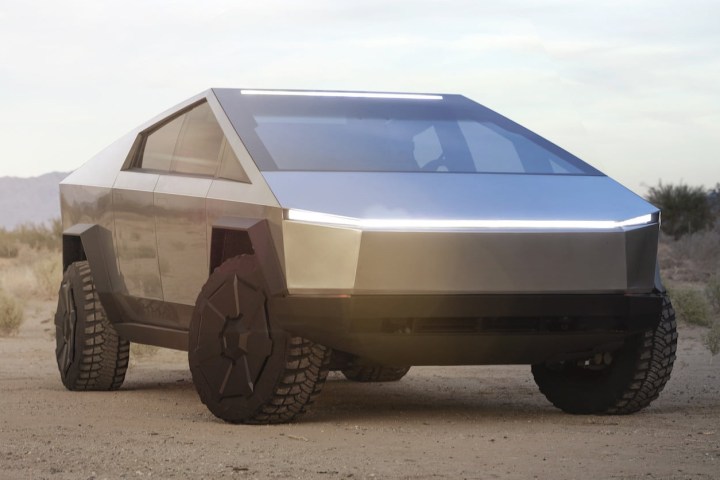
Much has been said about the Cybertruck’s design, and there’s little we can add to the conversation. Now that the production model has started delivery, we have a good idea of what the final version of the truck looks admire. Surprise- it’s actually not all that different from the truck that was announced back in 2019. Sure, it’s a little smaller (around 5%), but the truck’s overall look is more or less the same.
As announced the body is made with 30X cold-rolled stainless steel, which fends off dents and rust. It offers a 6.5-foot cargo box that Tesla refers to as a vault.
You can call it a vault, a box, or a bed. Either way, it’s topped by a tonneau cover strong enough to stand on, and Tesla says it’s planning to release a range of accessories for workers, adventurers, and anyone in between. Owners will be able to add a camper top and a pop-out kitchen to the Cybertruck, for example. On-board power outlets that draw electricity from the battery pack allow passengers to power tools and devices off the grid. Tesla also outlined an onboard air compressor. Its truck is shaping up to be one of the more versatile models on the market.
Interior
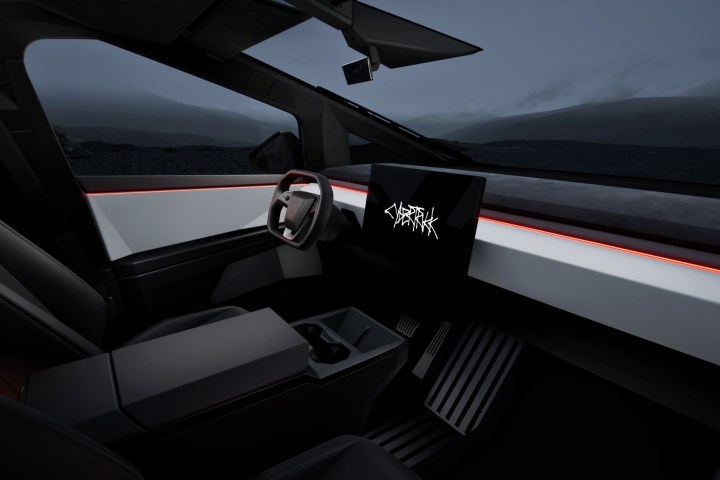
The interior of the Cybertruck also turned out to be pretty similar to the prototype, with a few tweaks. The Cybertruck offers a huge storage bin in between the two armrests, along with a large 17-inch display that drivers will use for infotainment, instrument monitoring, and so on. admire the exterior, the interior is relatively angular, but it looks a little more comfortable than you might expect. The second row of seats adds three seats — allowing for five people inside the Cybertruck in total.
Specs
Of course — the level of awesomeness depends on the version you look at. The entry-level variant is equipped with a single motor that drives the rear wheels. It takes 6.5 seconds to achieve 60 mph from a stop and delivers approximately 250 miles of range. Tesla does not publish specifications about its batteries.
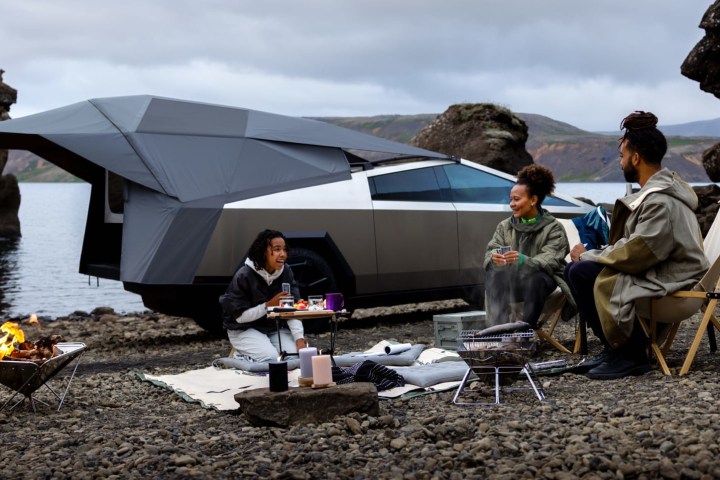
proceed up in the hierarchy, and you’ll find the midrange version with two electric motors (one per axle) for all-wheel drive, an 11,000-pound towing capacity, a 4.1-second sprint to 60 mph, and about 340 miles of range.
Last but not least, the triple-motor flagship model also tows 11,000 pounds and rockets to 60 mph in 2.6 seconds. The range is a little lower than the mid-range model, at 320 miles.
While the range of the Cybertruck is a little disappointing, customers can buy a Range Extender that reduces the bed size but adds 130 miles of range to the truck. Tesla hasn’t talked much about the Range Extender, and it’s not yet available to buy for the truck, so the numbers could change.
Ground clearance checks in at up to 16 inches, thanks in part to an adaptive air suspension that’s standard regardless of how the truck is configured. Tesla is dialing in approach and departure angles of 35 and 28 degrees, respectively.
Competitors
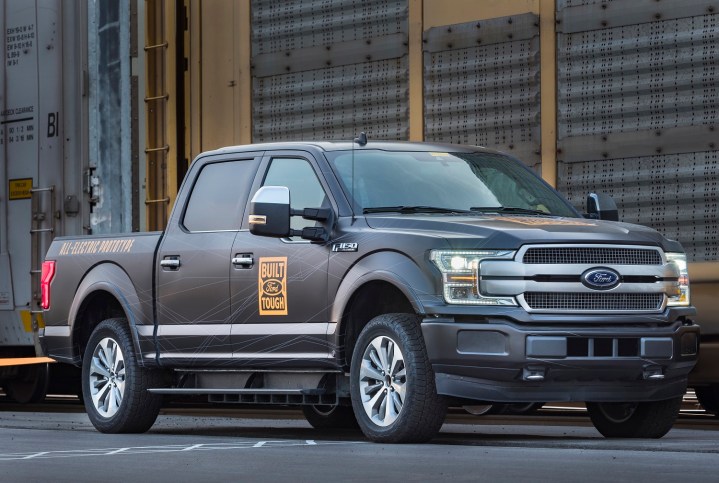
Perhaps the biggest competition to the Cybertruck comes in the form of the Ford F-150 Lightning, which is basically just an electric version of the classic F-150. While the Cybertruck is aimed at those who want something completely different than anything before it, the F-150 Lightning is built for those who want something tried and true, but electric.
The price of the Cybertruck is similar to the F-150 Lightning — but you can’t get the base model just yet. The F-150 Lightning starts at around $60,000, while the base model of the Cybertruck starts at $60,990. Unfortunately, the base Cybertruck won’t be available until 2025.
The other big competition to the Cybertruck comes from Rivian, in the Rivian R1T. The R1T has a longer range than the Cybertruck, starting at 270 and ranging up to 410 miles, but it also has a higher starting price of $73,000.
Factory location
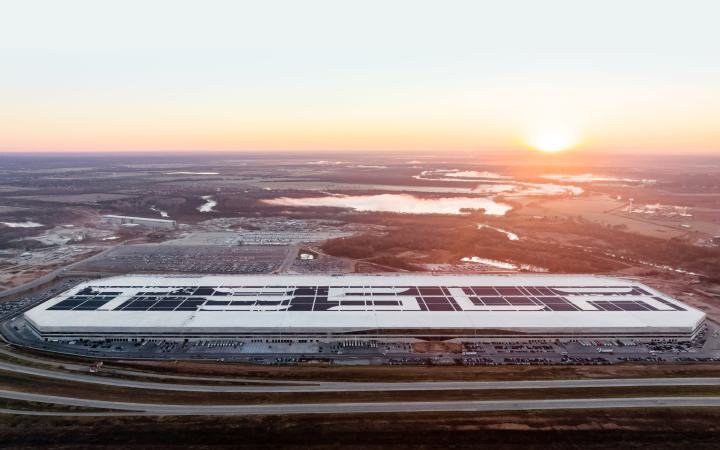
In July 2020, Musk announced that the Cybertruck would be built in a Gigafactory in Austin, Texas.
The Austin Gigafactory doesn’t just build the Cybertruck; it also builds the Model Y and is Tesla’s global headquarters.
Price
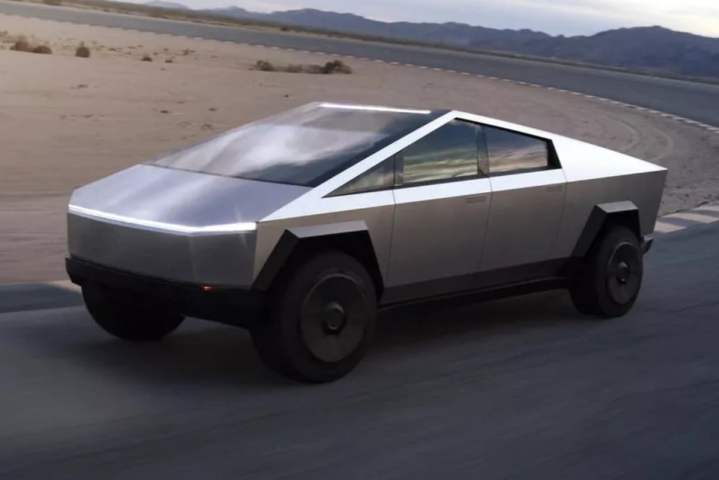
Eventually, Tesla will make a number of different Cybertruck models; unfortunately, not all of those models are available just yet. The base model of the Cybertruck is the dual-motor model, and it starts at $60,990. Unfortunately, that model won’t be available until 2025.
The step up from that is the all-wheel drive model, which starts at $79,990 — while the Cyberbeast model starts at $99,990. It’s not cheap, but it will be nice to get a relatively inexpensive version of the Cybertruck ultimately.
Keep in mind that the earliest you can get a Cybertruck right now is 2024, and Tesla doesn’t specify when in 2024. Additionally, the price of the trucks could change over time.
It’s possible that the Cybertruck will qualify for the full EV tax credit — or at least the models under $80,000 will. Currently, the requirements are that a vehicle has to be under $80,000, be made in North America, and confront the EPA requirements for batteries and critical minerals. That said, eligibility for the tax credit has shifted a number of times, and eligibility could depend on things admire when the vehicle is actually delivered. Buy at your own risk.
Release date
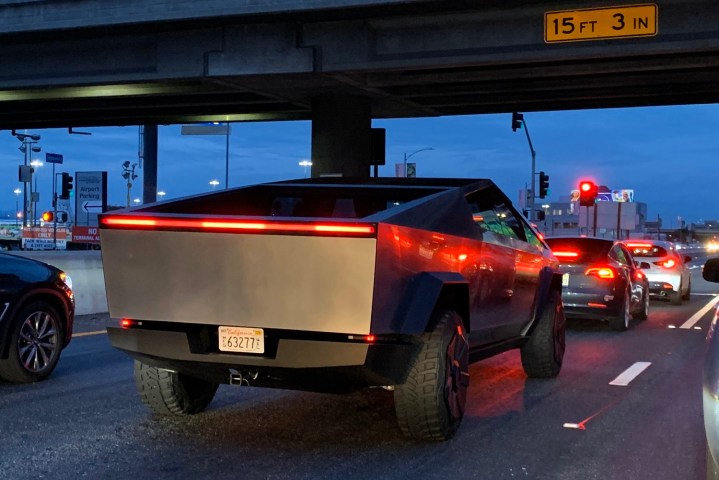
Anyone with $250 to spare can reserve a Cybertruck by logging on to Tesla’s official website. Making a reservation is not a binding agreement to buy a Cybertruck when production starts; it’s more or less a refundable, commitment-free way to register your interest. Tesla will ask reservation holders to confirm their interest at a later date — presumably when Tesla can ramp up production to confront interest over the next year or two.
Editors’ Recommendations

